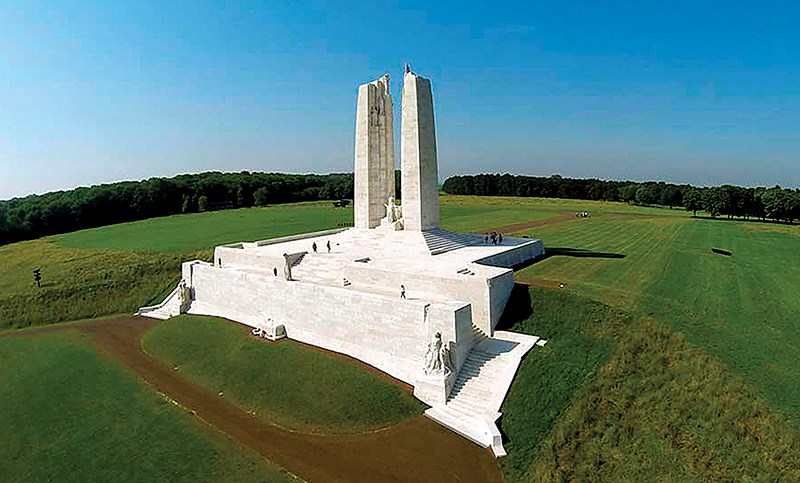Phil Egan
A Sarnia soldier who disappeared during the First World War may finally be coming home.
Ralph Louis Ackerman died at Hill 70 in France 101 years ago. If a DNA match can be found and his remains repatriated or reburied with full regimental honours, the credit would go to two individuals.
One is Sarnia military historian and former St. Patrick’s High School teacher Tom Slater.
Slater spent three years researching the history of Sarnia’s fallen soldiers. Published in 2014, his brilliant War Remembrance Project is the definitive record of these warriors.
The second is a young forensic anthropologist named Dr. Sarah Lockyer.
For the past two years, Lockyer has been a driving force behind the Casualty Identification Program run by the Department of National Defence, whose goal is to identify unknown soldiers.
Construction projects near Hill 70 recently turned up human remains at the site of a significant victory by Canadian soldiers during the First World War. Two weeks ago, the program successfully identified three missing soldiers from Manitoba.
Now, there’s a chance Private Ackerman could be next.
Lockyer is currently searching for familial descendants whose DNA could conclusively prove the connection.
Typically, remains are found with a cap badge, shoulder flash or a button marking them as Canadian. Lockyer has worked with 31 sets of remains and has confirmed the identity of six soldiers so far.
According to Tom Slater, Ralph Louis Ackerman was born in 1891 and lived at 390 Russell St. An unmarried railway worker, he enlisted in August of 1915 with the 34th Battalion. Once overseas, he joined the 7th Battalion of the British Columbia Regiment.
Before Ackerman was killed, he was hospitalized and treated three times: for shell shock, a skin infection, and a gunshot wound to the scalp. After each hospital stay he re-joined his unit in action.
While in France, Ackerman corresponded with a sister, Mrs. A.E. Chambers, who lived on Mitton Street North. Anyone in Sarnia who knows of a descendant of Ackerman or Chambers is asked to contact this columnist.
Lockyer came across Ackerman’s name on the Sarnia Historical Society website, which hosts the War Remembrance Project, and contacted the Society.
Slater said it would be incredible if his years of work led to the identification of a soldier lost for so long in an unmarked grave.
“I'm always thrilled to help in any way in getting others to remember the contributions and sacrifices of Sarnians in times of war,” he said.
Lockyer said her forensic work is hugely rewarding, but contacting the relatives of newly found soldiers can bring varying results.
“Some people think it’s a scam, or that we’re after money,” she said.
When an unknown Canadian soldier is identified the remains are either repatriated or reburied overseas with full regimental honours and a military headstone.
Phil Egan is editor-in-chief of the Sarnia Historical Society. Contact him at [email protected]
